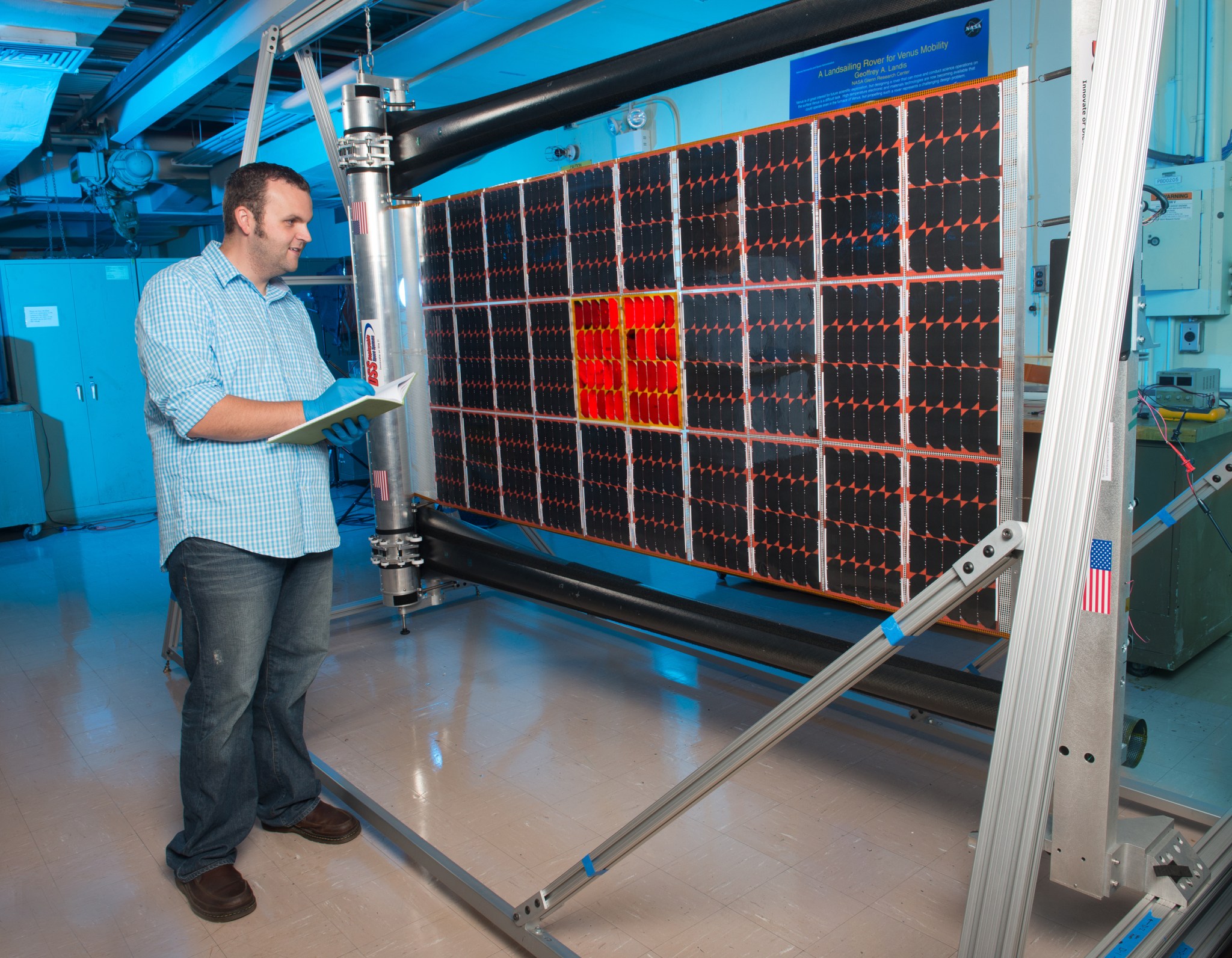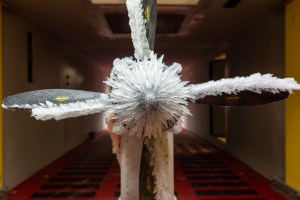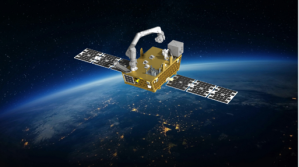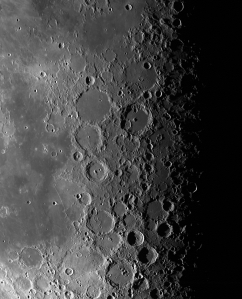On the campus of NASA Glenn Research Center, rows of solar arrays are a permanent part of the landscape. But this summer, a very different kind of solar array arrived at the lab.
Deployable Space Systems (DSS) of California has developed a flexible solar array design that can unfurl in space to generate spacecraft power supplies and then retract for delicate maneuvers and docking to other spacecraft. The ROSA (Roll Out Solar Array) system features a “roll out” design that uses carbon fiber composite booms to deploy solar panels without the aid of motors, making it lighter and less expensive than current solar array designs.
The six by nine foot solar array at NASA Glenn is a smaller version of a similar array demonstrated for NASA earlier this summer, which is being considered for the agency’s future missions to asteroids, Mars and beyond.
“At Glenn, we are using the array to test a variety of solar cell designs,” says Principal Investigator Jeremiah McNatt. “We currently have installed two panels of 20 cells to determine whether certain solar cells can withstand multiple cycles.” The panels are rolled around a steel tube when it is stowed. The Glenn team wants to know which cells will crack or be damaged by the operation.
The test array is also equipped with three different wiring options: open wire, ribbon wire and a combination of the two. This allows for a variety of solar cell modules to be tested on the array. “If a cell cracks or malfunctions, we want to know the best way to bypass the failed cell and keep the whole operation intact,” he says.
The ROSA system comes in a variety of sizes. These arrays provide a smaller launch footprint in terms of mass and an efficient power system that may be incorporated into future human exploration vehicles.
Nancy Smith Kilkenny, SGT Inc.
NASA’s Glenn Research Center




























